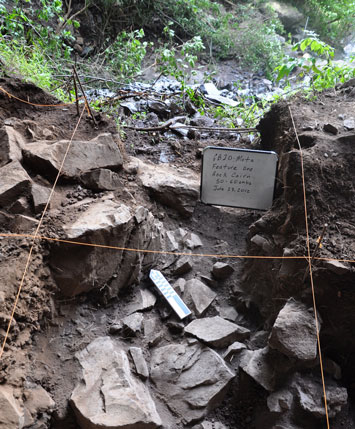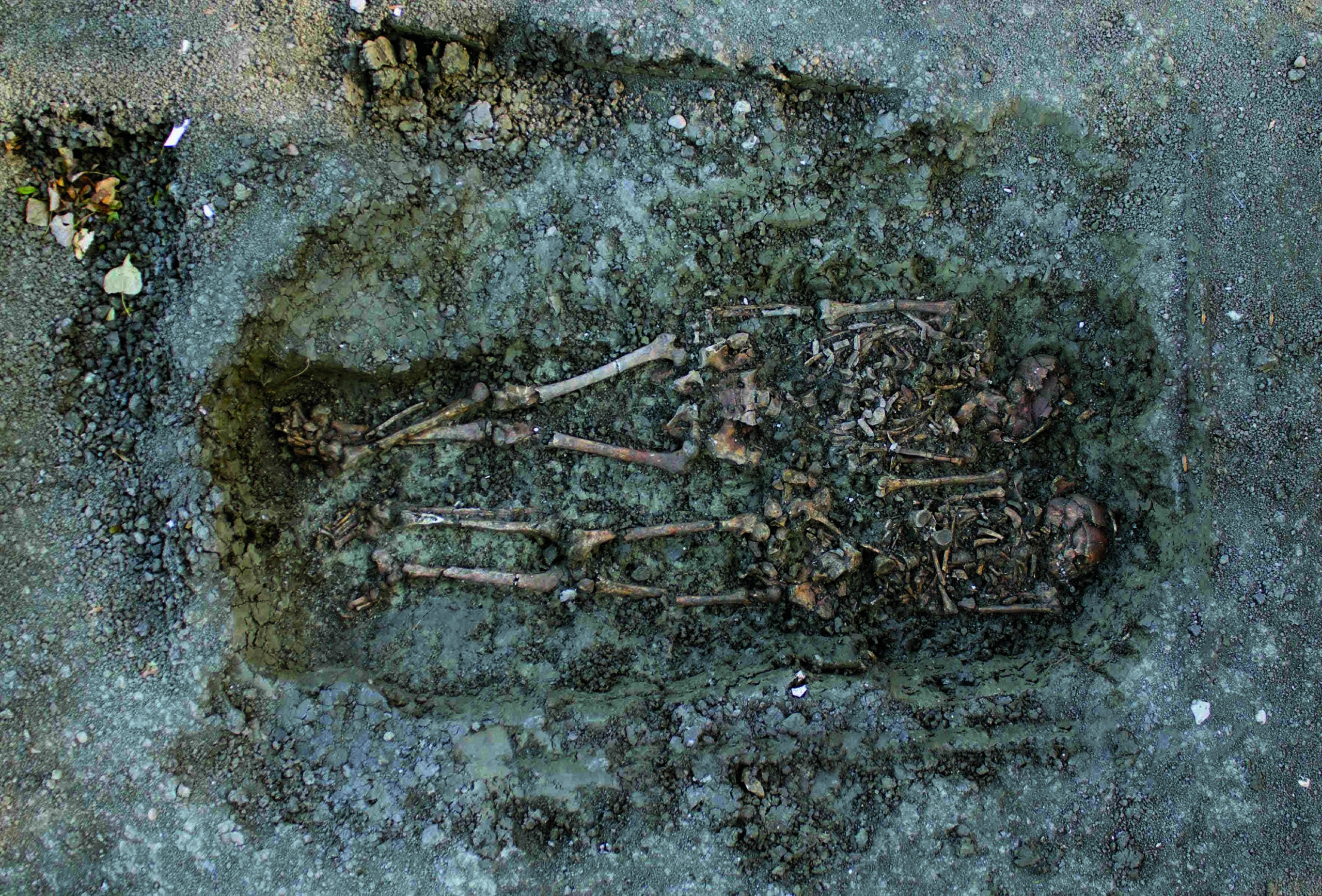
CAMBRIDGE, ENGLAND—Science reports that the first prehistoric genome from Africa has been sequenced. The DNA was obtained from the inner ear bones of a 4,500-year-old skeleton discovered in Mota Cave by John and Kathryn Arthur of the University of South Florida St. Petersburg and Venture College's Matthew Curtis. Located in the highlands of Ethiopia, Mota Cave’s cool temperatures helped to preserve the hunter-gatherer’s rare genetic material. Andrea Manica and Marcos Gallego Llorente of the University of Cambridge found that the man, who has been dubbed “Mota,” had brown eyes, dark skin, and three gene variants associated with living at high altitudes. Mota’s genome was compared with samples from 40 populations in Africa and 81 populations in Europe and Asia. The team found that Mota was most closely related to the Ari, a group that still lives in the Ethiopian highlands. But the DNA that the Ari and many other ethnic groups carry and that Mota lacks suggests that the descendants of Middle Eastern farmers migrated deep into Africa between 3,000 and 3,500 years ago and mixed with the local populations. (Middle Eastern grains from this time period have been found in Africa.) “It must have been lots of people coming in or maybe they had new crops that were very successful,” Manica explained. To read about an excavation in Sudan, go to "The Cult of Amun."











